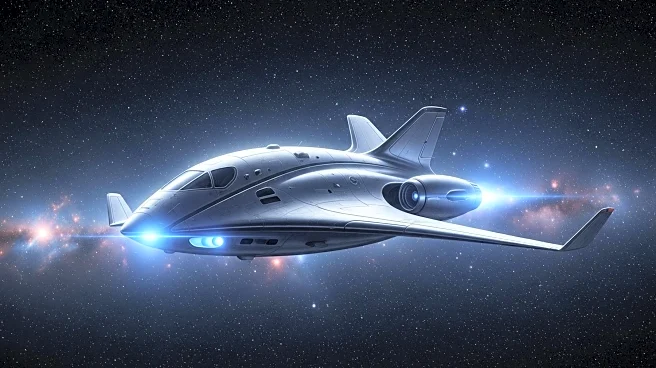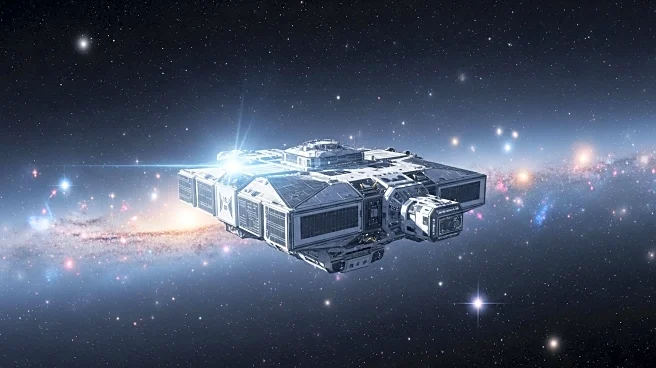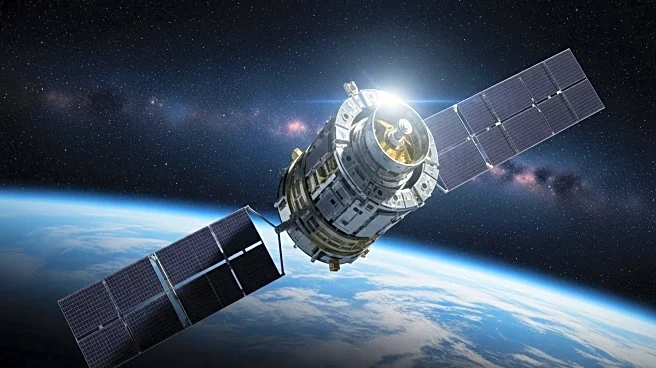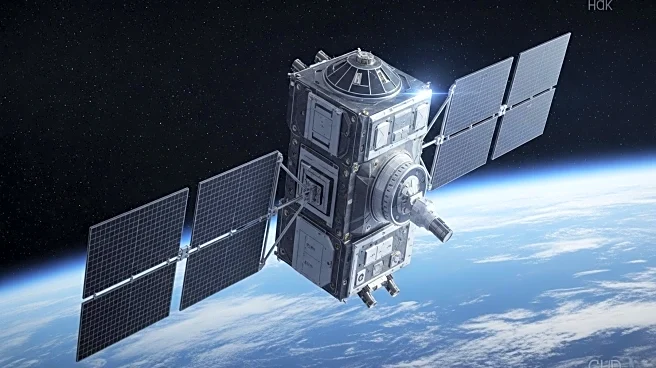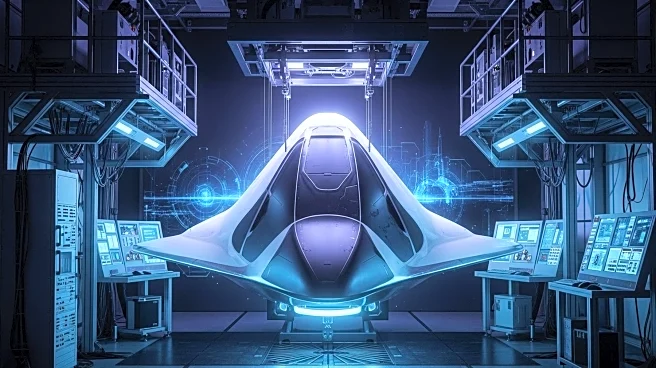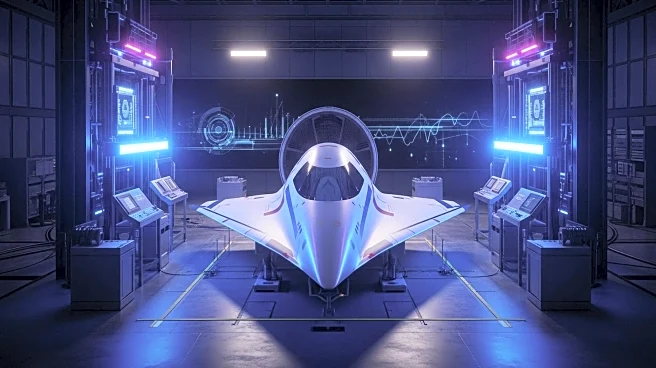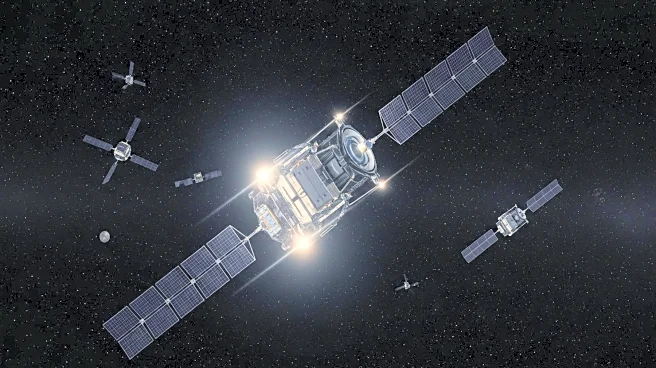What is the story about?
What's Happening?
Inversion Space, a California-based startup, has unveiled its new Arc reentry vehicle, designed to improve upon its predecessor, Ray. The Arc is built to hold and store up to 500 lbs of payload in orbit for up to five years and is fully reusable, capable of withstanding speeds over Mach 20. It features control flaps, ACS thrusters, a deorbit engine, and an autonomously maneuverable parachute, allowing it to cover a reentry range of over 1,000 km and land within 50 feet of a target. The vehicle is intended for hypersonic testing payloads and defense missions, with plans to deploy constellations of Arcs in orbit to provide rapid access to critical cargo for allied militaries.
Why It's Important?
The development of the Arc reentry vehicle represents a significant advancement in space technology, particularly for defense applications. By enabling rapid delivery of high-value, time-sensitive cargo, Inversion Space aims to transform space into a new mode of transportation. This capability could enhance military operations by providing quick access to essential resources, even in denied environments. The initiative aligns with broader trends in aerospace innovation, where startups are increasingly contributing to defense capabilities through cutting-edge technology.
What's Next?
Inversion Space plans to launch the first Arc vehicle into orbit next year, with subsequent missions to follow. The company aims to build hundreds of Arcs annually to establish an operational constellation by 2028. This expansion will require significant investment and collaboration with defense stakeholders to ensure the successful deployment and integration of the Arc vehicles into military operations.
Beyond the Headlines
The Arc reentry vehicle's unique design as a lifting body reentry vehicle, distinct from traditional space capsules or planes, highlights the innovative approach taken by Inversion Space. This design could set a precedent for future reentry vehicles, influencing the development of similar technologies across the aerospace industry. Additionally, the focus on defense applications underscores the growing intersection between commercial space ventures and national security interests.
AI Generated Content
Do you find this article useful?
